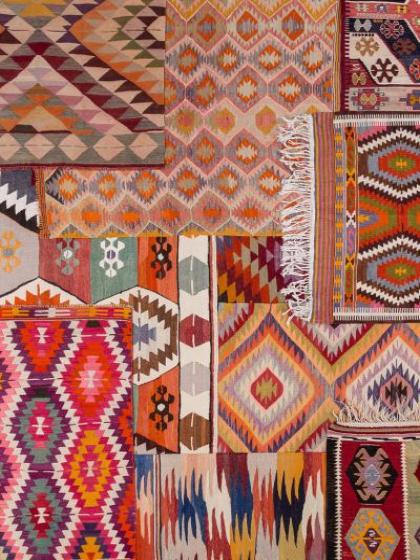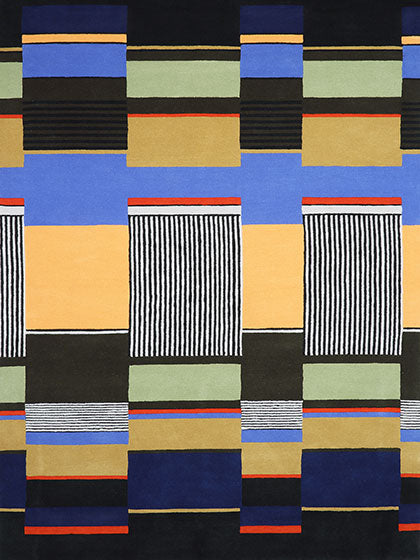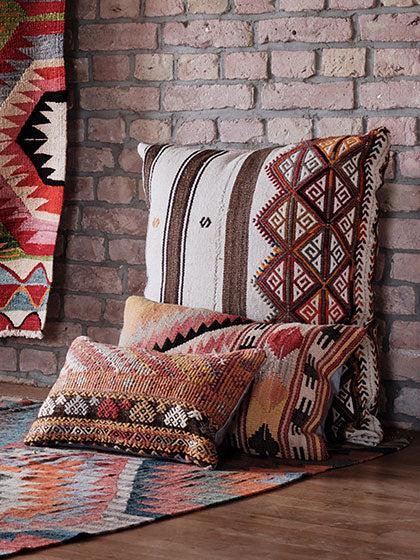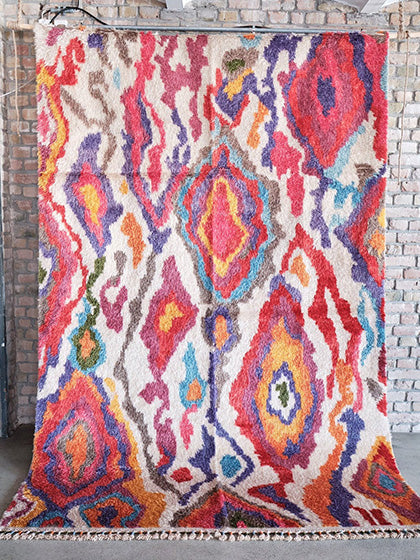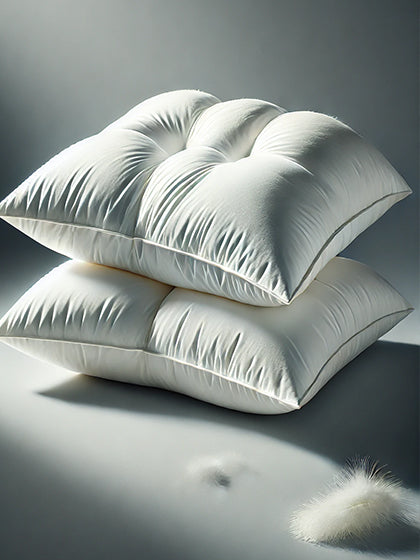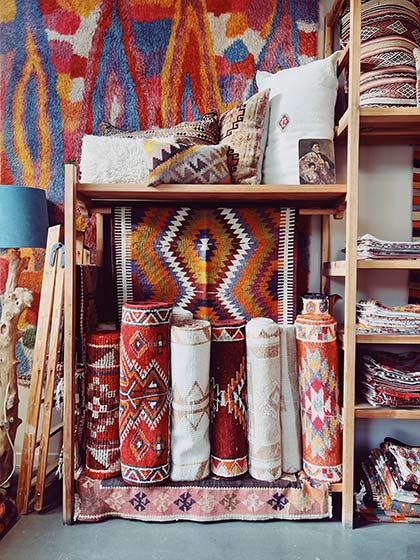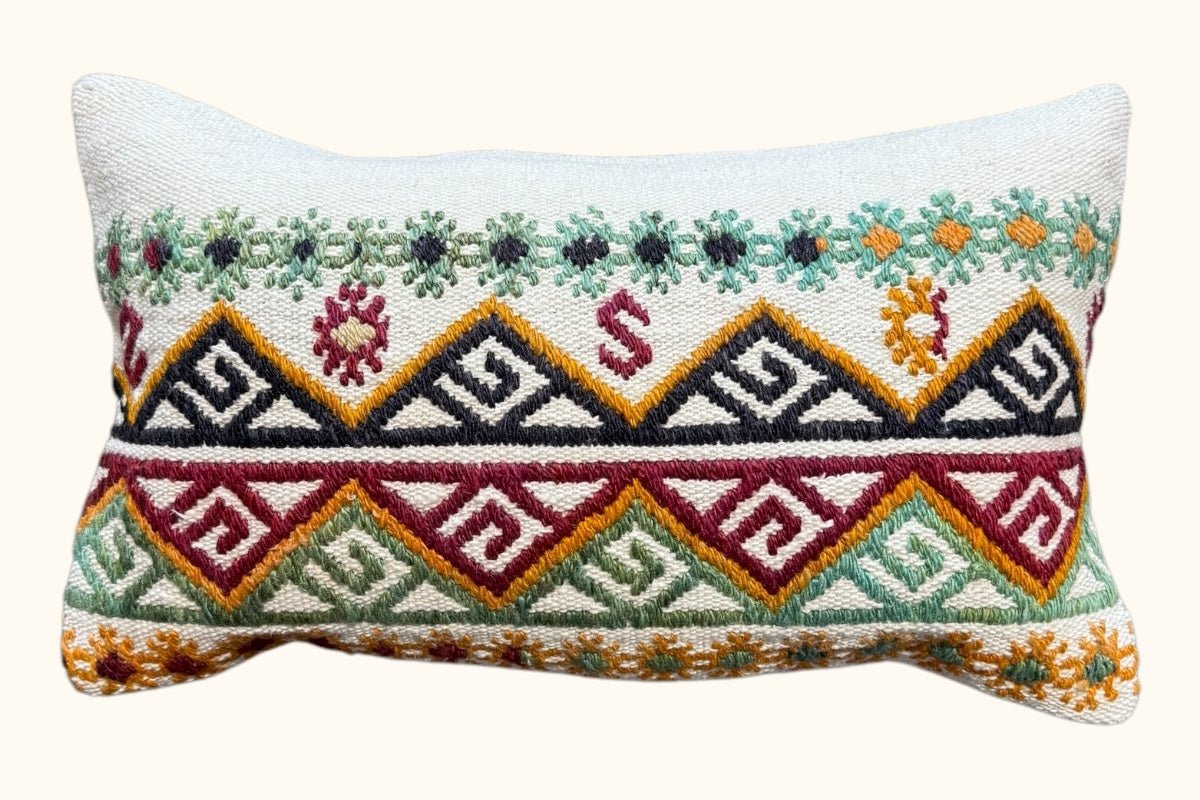
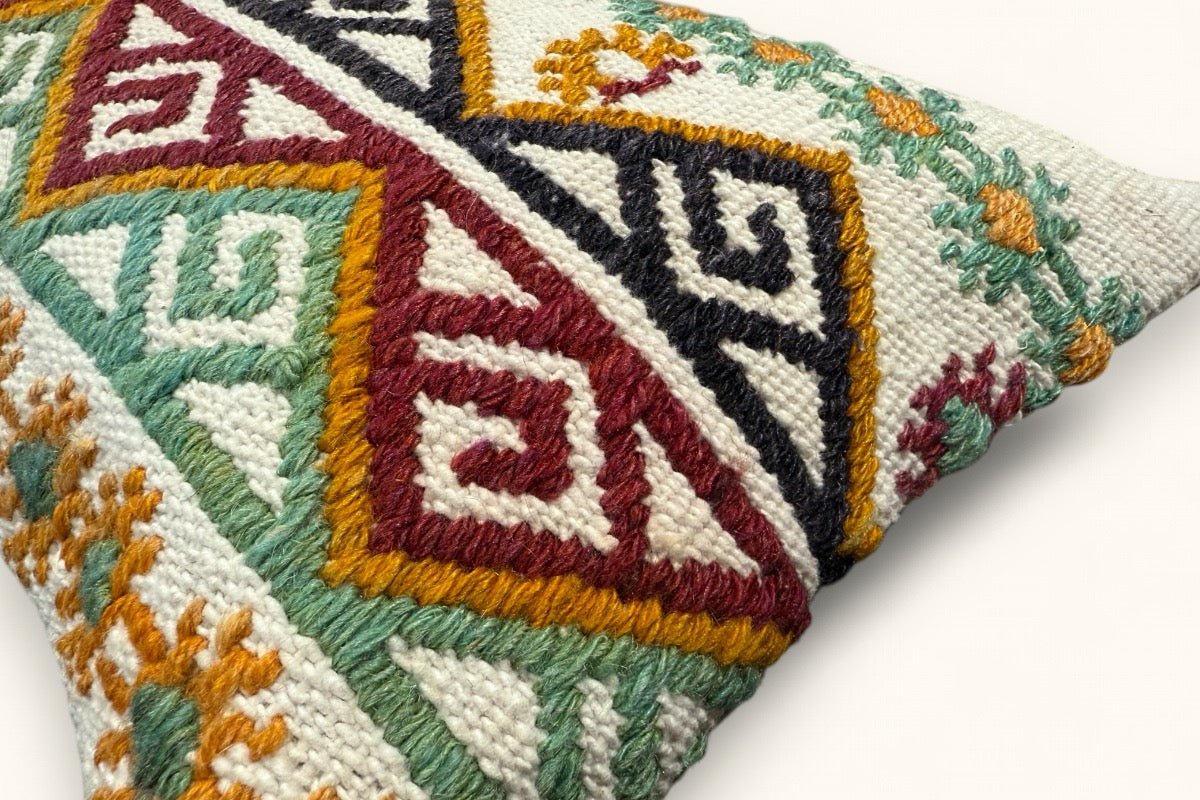
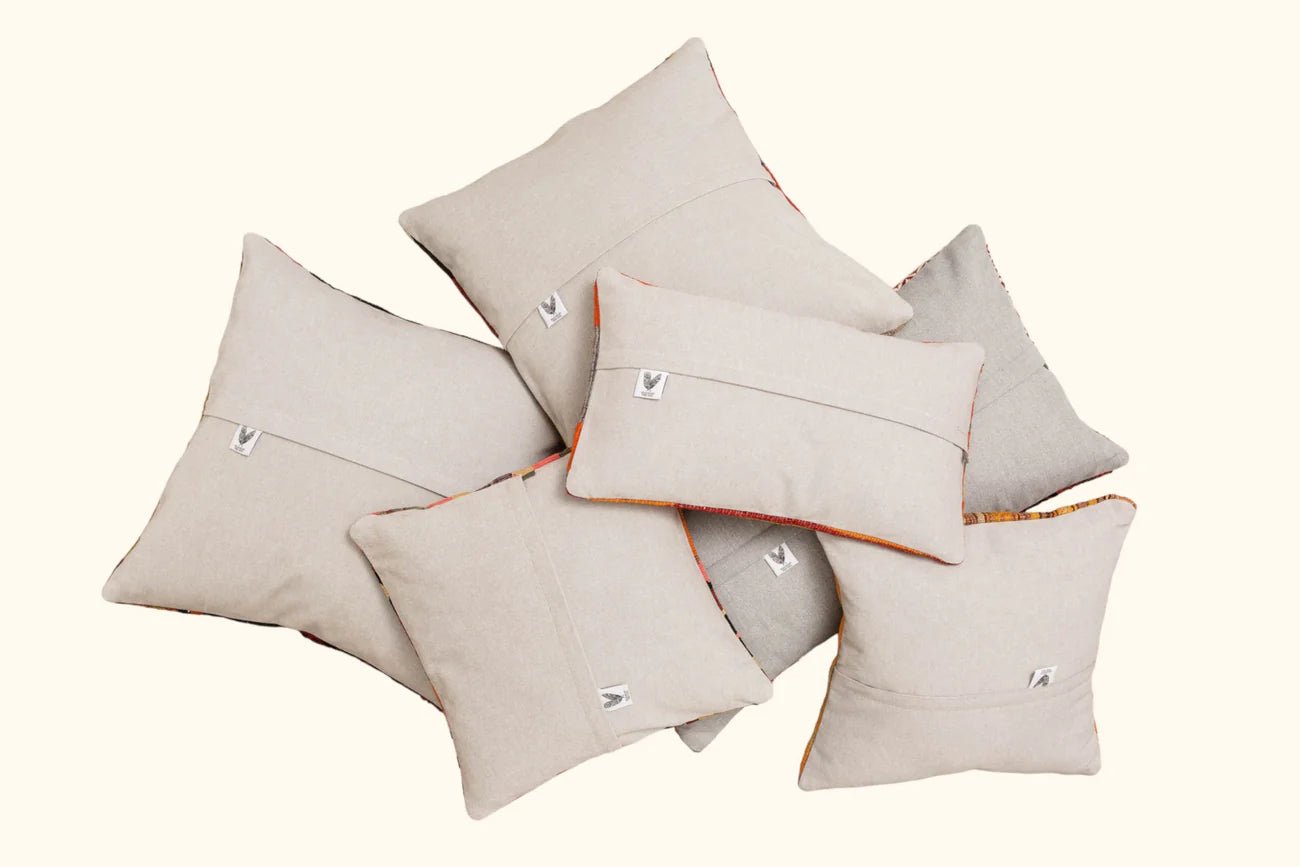
Kelim cushion Lara 50x30cm
Kelim cushion Lara 50x30cm
Wild Heart Free Soul
Kastanienallee 55
10119 Berlin
Germany
A unique piece from a vintage kilim – Anatolian craftsmanship for your home
With this unique decorative cushion you bring a piece of history and individuality into your home. The front is made from a 60-80 year old, original Anatolian vintage kilim that was hand-woven in the mid-20th century.
Each pattern tells its own story and brings the tradition and symbolism of Anatolia into your home.
- Dimensions: 50 x 30 cm
- Front material: 100% sheep's wool – soft, warm and durable
- Material back: 100% cotton – high quality and comfortable
The bright colors and geometric patterns of the kilim give every room a unique atmosphere and bring cultural heritage to every place.
Note: The pillow is delivered without filling. You can order a matching filling pillow separately here .
Each pillow is unique and underlines your individual style.
Choose options
The traditional and timeless patterns of Anatolia make our vintage pillows something very special. They are the meaningful symbols of a millennia-old nomadic tradition that are intended to bring love, blessings and protection to the home and its inhabitants. High-quality materials such as hand-spun sheep's wool, goat hair or cotton ensure a high-quality, long-lasting product. This cushion cover was sewn with love in our Wild Heart Free Soul studio in Istanbul from a fragment of a handwoven vintage kilim. The kilim was professionally cleaned before further processing, however age-related wear and natural irregularities are inevitable in unique, handcrafted vintage rugs. The back is made of recycled cotton and has a zipper.
Anatolian kilims are far more than mere textile objects – they are woven memories, personal messages, and expressions of living culture. For generations, women from nomadic tribes and villages wove their wishes, hopes, and stories into the fabric – freely, intuitively, and full of symbolic power.
This kilim, too, was woven in an Anatolian home—from the wool of the home's own sheep, sheared, washed, combed, and spun by hand. The yarns were often dyed with natural pigments such as madder, mignonette, walnut, or indigo—but from the 1950s onward, synthetic dyes increasingly found their way into the villages. The world became faster, more colorful—not every kilim remained purely plant-dyed. Many pieces from the 1960s and 1970s bear the traces of a cultural transition in their tones: between old and new, craftsmanship and modernity.
Weaving was a ritual act – accompanied by songs, stories, and silence. Often, several women sat together at the loom: mother, grandmother, sister, neighbor. Every knot, every line, every symbol carried meaning – protection, fertility, connection, power. Symbols such as the eye ( Göz ), the cosmic mother ( Elibelinde ), and the scorpion became carriers of profound messages.
They were used, loved, passed on – and some of them slept in chests for a long time until one day they came to light again.
Today, we clean and restore these pieces with the utmost respect: washed with olive soap, dried in the Antalya sun, and repaired in our Istanbul studio.
Some pieces are with us for only a few months, others stay with us for years – because we don't rush into anything. Each kilim is restored with time, care, and respect. Some wait for the right restorer, for the summer months to bathe in sunlight – for their quiet retransformation into a living work of art.
A kilim from Wild Heart Free Soul is not a product.
He is an inheritance. A woven wish.
And perhaps a companion for your home of tomorrow.
A kilim is a long-lasting companion—if treated with love and cared for carefully, it can last for many generations to come. It doesn't require extensive care, but rather the right kind.
We recommend gently vacuuming or beating the kilim once or twice a month to remove dust and dirt. Please do not use a rotary vacuum cleaner for this purpose; ideally, use a brush attachment or a gentle handheld device. Too frequent, intensive vacuuming can wear out the fibers over time.
Every few months, it's worth turning the kilim over and vacuuming the back as well. Rotating the rug slightly once a year ensures even wear and maintains the balance of the weave.
For basic cleaning, we recommend a professional hand wash every 3 to 5 years – using a pH-neutral shampoo or olive soap, gently worked in by hand, and thoroughly rinsed. Please never dry or steam clean your kilim – this will damage the fibers. If you need assistance choosing a suitable cleaner, we'd be happy to advise you. We work with experienced oriental rug specialists and are happy to share our special rates.
And if an accident does occur: Immediately dab fresh stains with a clean, dry cloth. If necessary, gently dab with a little olive soap and a slightly damp cloth – without rubbing or soaking. For stubborn stains, please consult a specialist immediately. Liquids that spread along the fibers can become permanently trapped, especially in flat weaves.
Dried food residue can usually be carefully scraped or brushed off – ideally with a steady hand and without haste.

